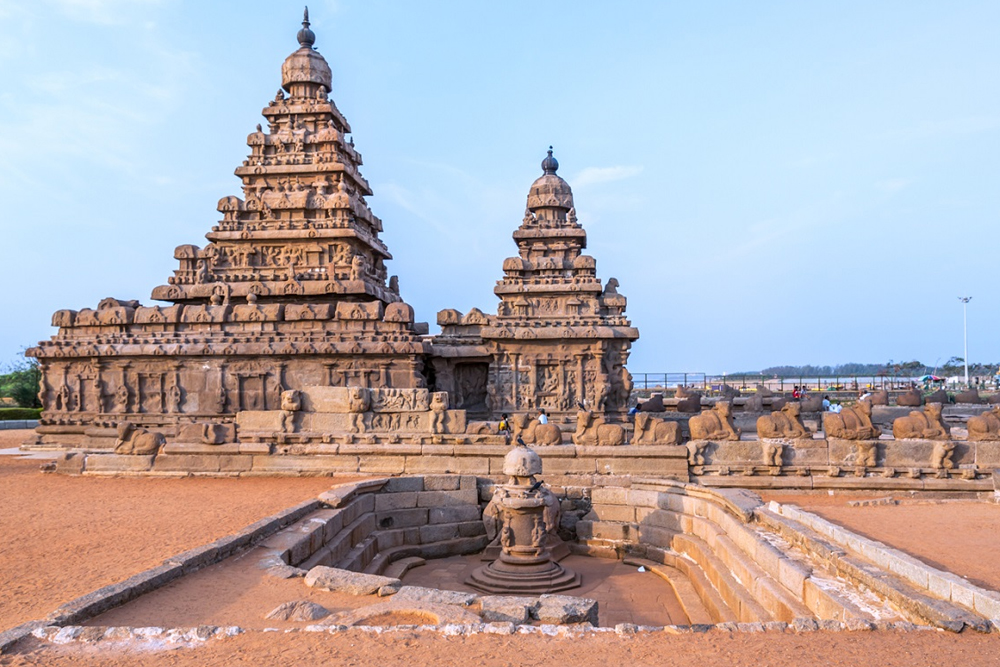Exploring the Albuquerque New Mexico Temple: A Place of Spiritual Renewal | LDS Church
- Home
- Famous Temple
- United states
- New mexico
- Albuquerque
- Exploring the albuquerque new mexico temple a place of spiritual renewal lds church
Exploring the Albuquerque New Mexico Temple: A Place of Spiritual Renewal | LDS Church
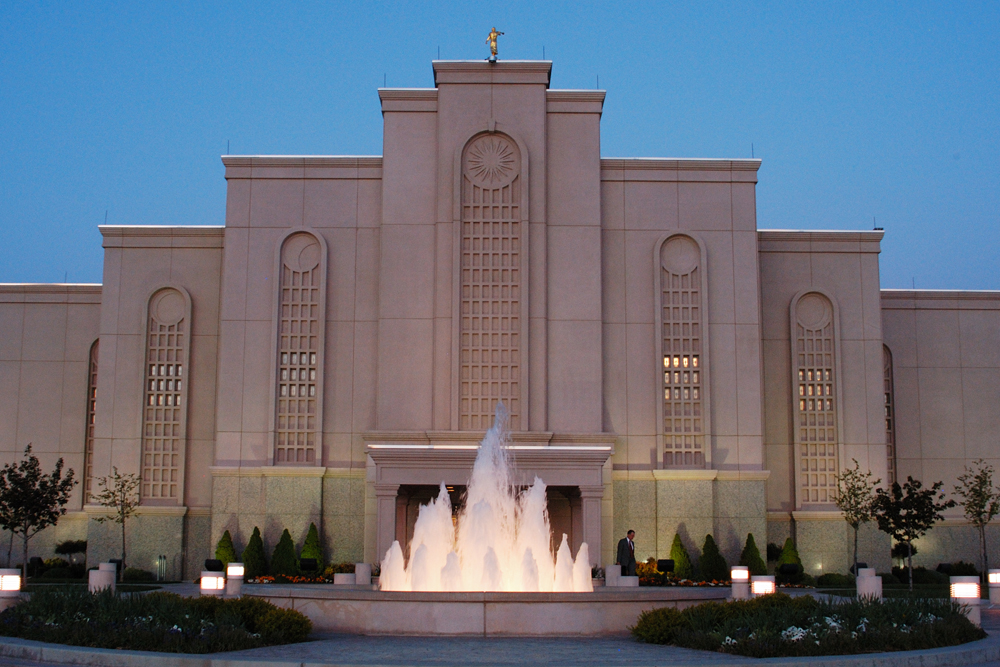
The Albuquerque New Mexico Temple stands as a sacred sanctuary amidst the vibrant landscapes of New Mexico. As the 73rd operating temple of the Church of Jesus Christ of Latter-day Saints (LDS), it holds profound significance for members of the LDS community and visitors alike.
Located in the city of Albuquerque, New Mexico, the temple serves as a place of spiritual renewal and connection to the divine. Its serene surroundings and majestic architecture provide a peaceful retreat for worshipers seeking solace and inspiration.
The decision to construct the Albuquerque New Mexico Temple was driven by the growing needs of the LDS community in the region. With a flourishing population of faithful members in New Mexico and surrounding areas, the temple was envisioned as a place where they could strengthen their faith and engage in sacred ordinances.
The architecture of the Albuquerque New Mexico Temple reflects the unique culture and heritage of the region. From its striking spires to its intricately designed interiors, every aspect of the temple exudes a sense of reverence and holiness. The temple's serene atmosphere further enhances its role as a place of spiritual solace and contemplation.
Since its dedication, the Albuquerque New Mexico Temple has served as a spiritual hub for LDS members in the region, providing a place of solace, inspiration, and connection to the divine. Whether attending worship services, participating in ordinances, or simply admiring its architectural beauty, visitors to the temple are greeted with a sense of peace and reverence.
In summary, the Albuquerque New Mexico Temple stands as a testament to the enduring faith and devotion of the LDS community in New Mexico. From its serene location amidst the vibrant landscapes to its role as a place of spiritual renewal, it continues to inspire and uplift all who enter its hallowed halls.
Albuquerque offers affordable living due to several factors. Property taxes here are low, and the state income tax is about 31% lower than the national average. This makes it easier for residents to manage their finances. While some parts of the city may be pricier than others, there are plenty of safe and budget-friendly neighborhoods to pick from.
Albuquerque stands out as one of the most culturally diverse cities in the United States. This diversity is visible in its architecture, artwork, cultural centers, and food. The city embraces numerous customs and traditions, making it a vibrant cultural hub and often considered the cultural capital of the Southwest.
Yes, Albuquerque, New Mexico, is home to an LDS temple. The temple's construction journey began when it was announced on April 4, 1997. Groundbreaking took place on June 20, 1998. The temple was dedicated on March 5, 2000, by Gordon B. Hinckley, who served as president of The Church of Jesus Christ of Latter-day Saints from 1995 to 2008.
Temples of India

Padmanabhaswamy Temple: An Icon of Wealth and Devotion
Temples of India
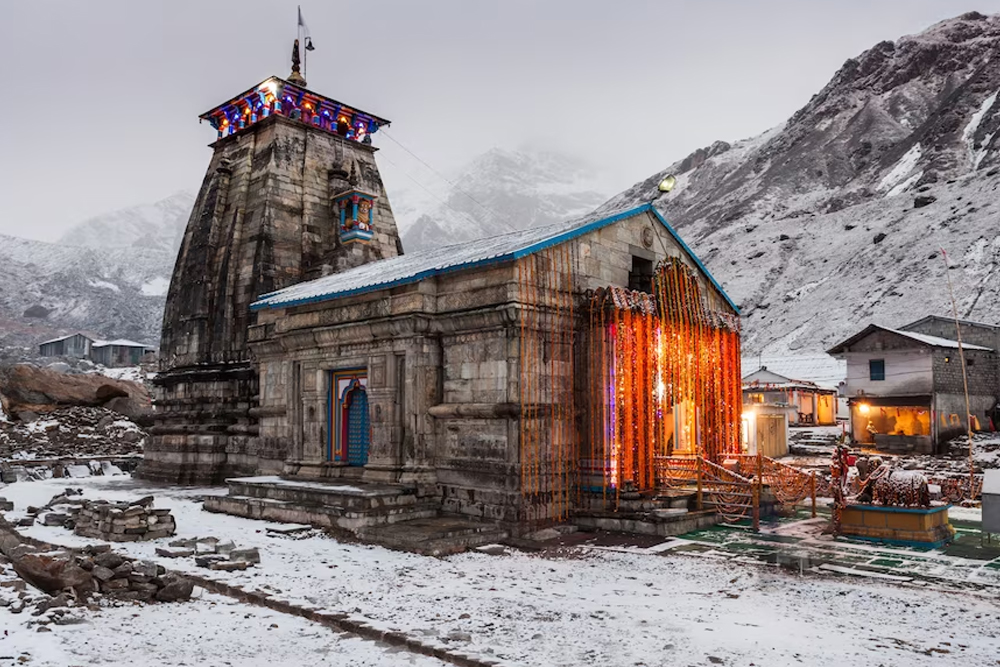
Kedarnath Temple: A Sacred Haven amidst the Himalayas
Temples of India
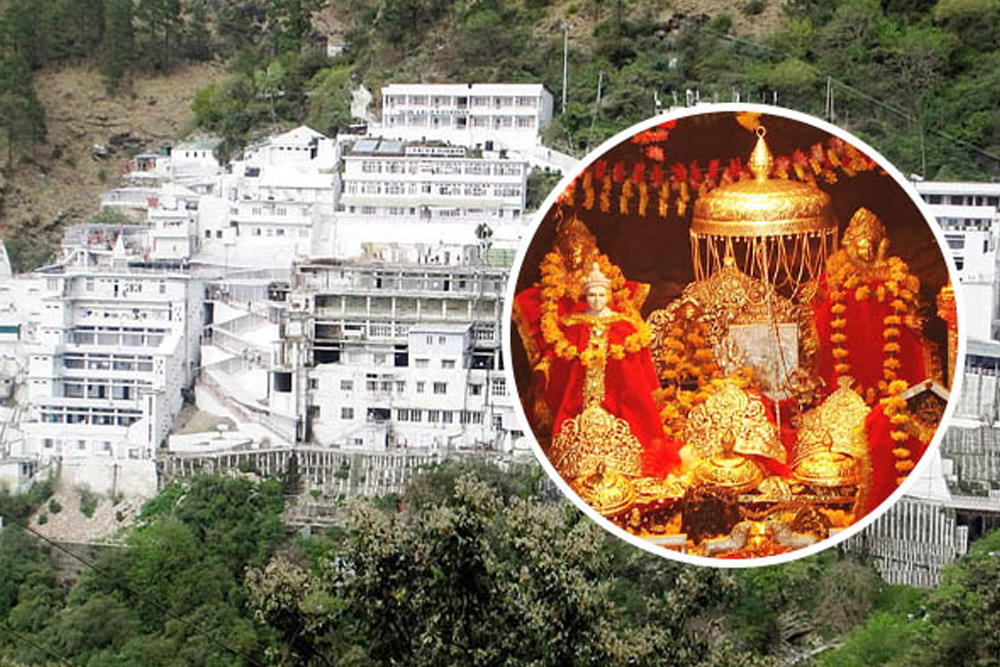
Vaishno Devi Temple: A Sanctuary of Devotion and Blessings
Temples of India
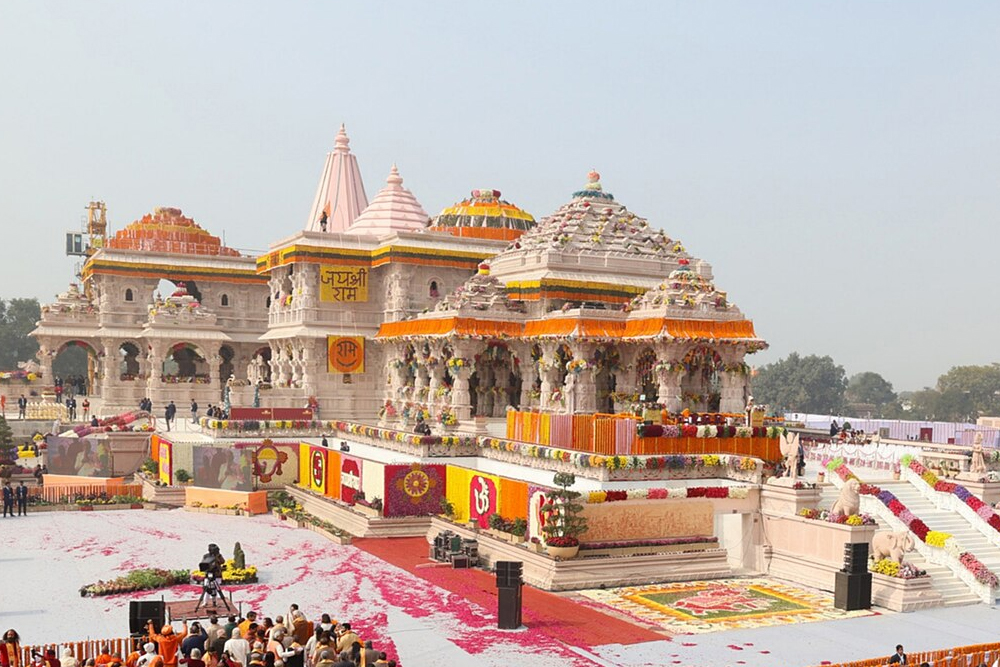
Ram Mandir: A Symbol of Faith and Controversy
Temples of India
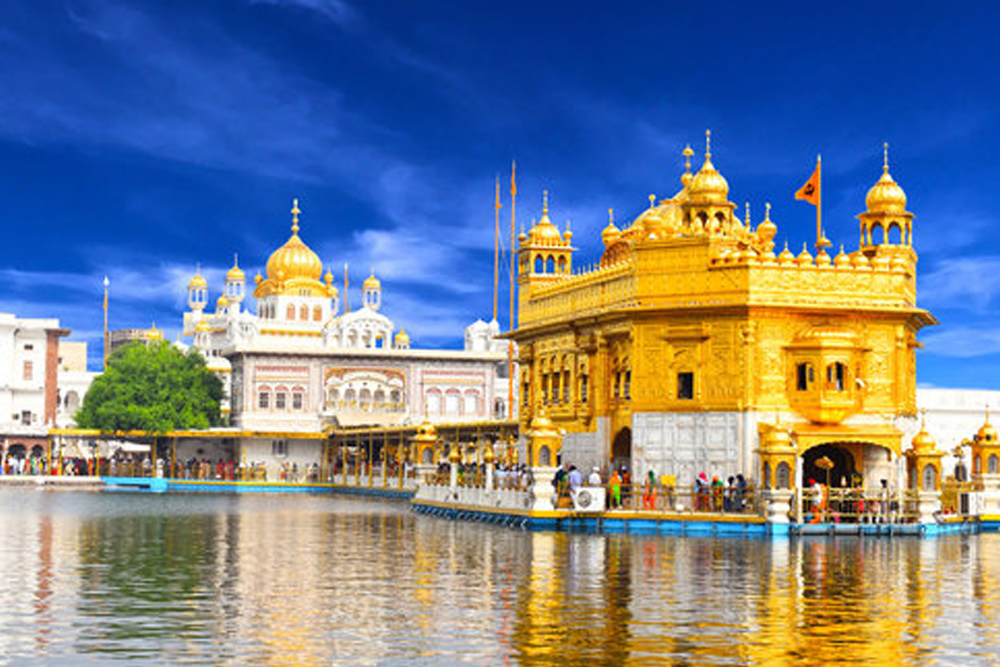
The Golden Temple: Emblem of Sikh Faith and Unity
Temples of India

Shri Siddhivinayak Ganapati Mandir: A Beacon of Devotion in Mumbai
Temples of India
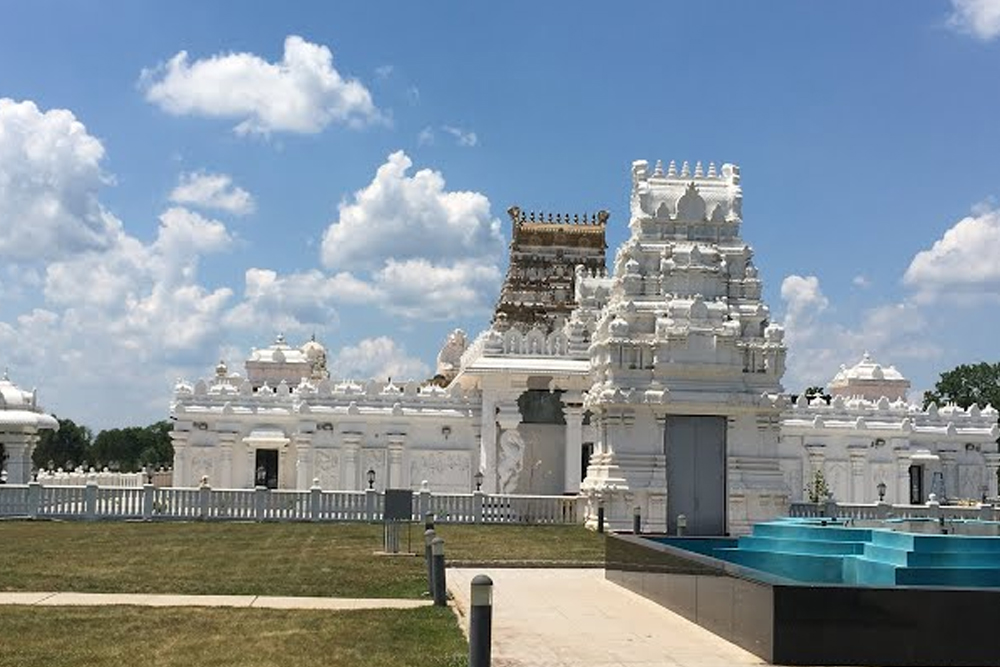
Sri Venkateswara Swami Temple: Sanctum of Spiritual Grace
Temples of India

Kashi Vishwanath Temple: Divine Sanctuary in Varanasi
Temples of India
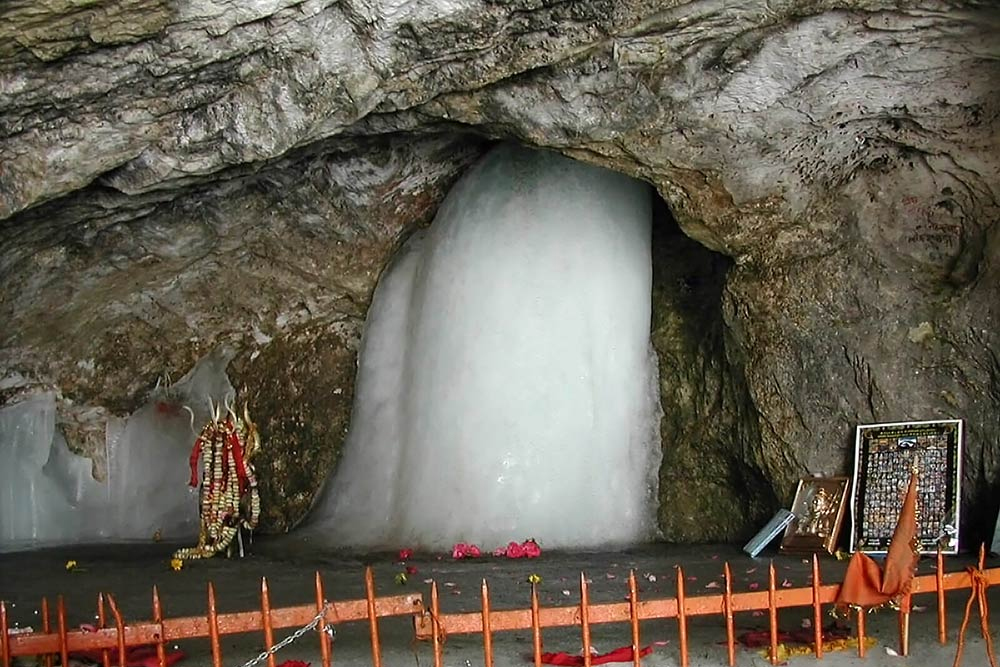
Amarnath Temple: Sacred Hindu Shrine in Jammu and Kashmir
Temples of India
